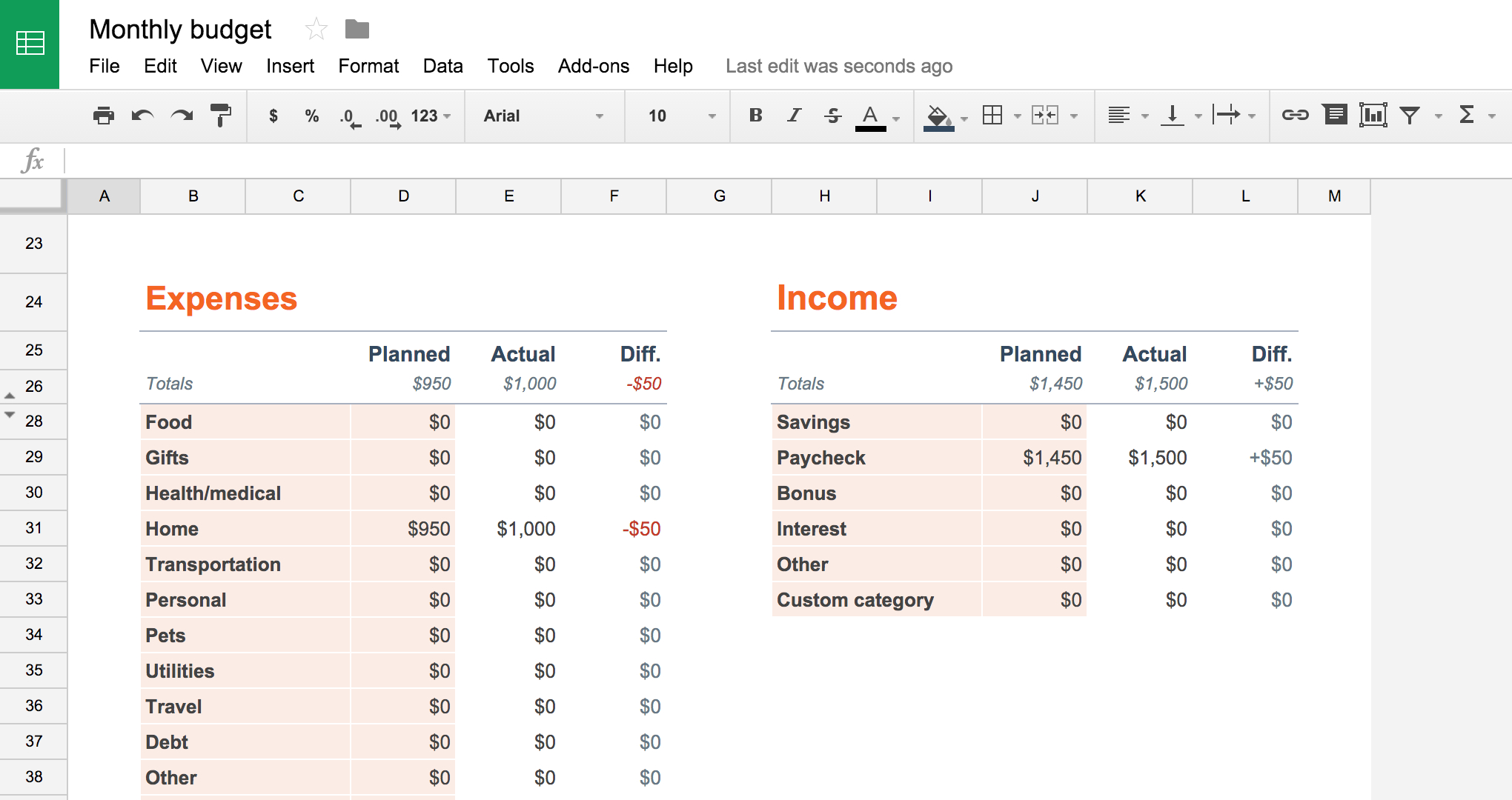

And Microsoft is additionally pursuing a different sharing solution, which is Office 365, and OneDrive share. Just a quick Google search lists many open tickets regarding Excel shared files. Please note, many users reported different problems with shared workbooks. The problems in a shared Excel spreadsheet might be unsolvable. Merging Data of Unshared Excel Files Into Original Workbook

The advantage of the macro is that it can automatically do the migration process no need to manually migrate the data each time.
#COMPARE AND MERGE WORKBOOKS EXCEL 2016 NOT WORKING FREE#
If you’re not an expert in writing VBA code, please feel free to email us to get a free quote for Excel development.The macro can also transfer charts and other objects. We recommend a custom macro to transfer formulas. Values can be transferred simply by copy-pasting, but Transferring formulas might be a little tricky. A file created by Excel 2016 is not exactly the same as a file created by Excel 2010, even though they both have the same file format. In addition, if you created your spreadsheet with a different Excel version, we recommend creating another spreadsheet with the version of Excel available on your computer and migrate your data to the new spreadsheet. By migrating the data, the corruption won’t be transferred to the new file, and this might help in preventing some errors when the file is shared. And fixing the corruption might take longer than migrating the data of the workbook to a new one. Sometimes an Excel spreadsheet might include some corruption and raises errors while it’s shared. Creating a Clone of Existing Excel Workbookīy creating a fresh copy of your Excel file, you can reduce the chance of getting errors in a shared Excel file. If no response is received, then the inactive user is removed. A custom macro can ask users every few hours if they are active. You can also write a macro that automatically removes inactive users from a shared Excel file. The nail may be stuck in your tire for a long time without you even noticing, and then all of a sudden your tire goes flat, or the file becomes unreadable or displays strange symptoms.” You can compare file corruption to getting a nail in your tire. Corruption can be caused by many different scenarios, for example, a network glitch while saving, a power surge, copying and pasting in corruption from another file, the list goes on. Corruption can exist in the “shell” of the workbook, or in certain areas, such as a PivotTable, styles, defined names, objects, or the calculation chain/formulas. A file with corruption might still be opening and functioning, but at some point the corruption might cause some problems.īefore trying to get deep into solutions, we share a response from Microsoft, “Please keep in mind that it’s often quite difficult, if not impossible, to determine where corruption comes from. These errors might be rising because of a corruption in your Excel file. Therefore, each user can only save their workbook individually to their local computer, which will result in having different copies of the same Excel file on different computers.This scattered unsaved data might be a considerable risk to your business, and transferring it from the workbooks of each user to the original one might be risky due to human error.

They’ll no longer be able to save their data to the shared Excel file. These errors might unshare the shared workbook with users. In this article, we address some of the solutions to this problem.

You might get unexpected errors on a shared workbook, such as the “unreadable content”, or “ is locking the document” errors.


 0 kommentar(er)
0 kommentar(er)
